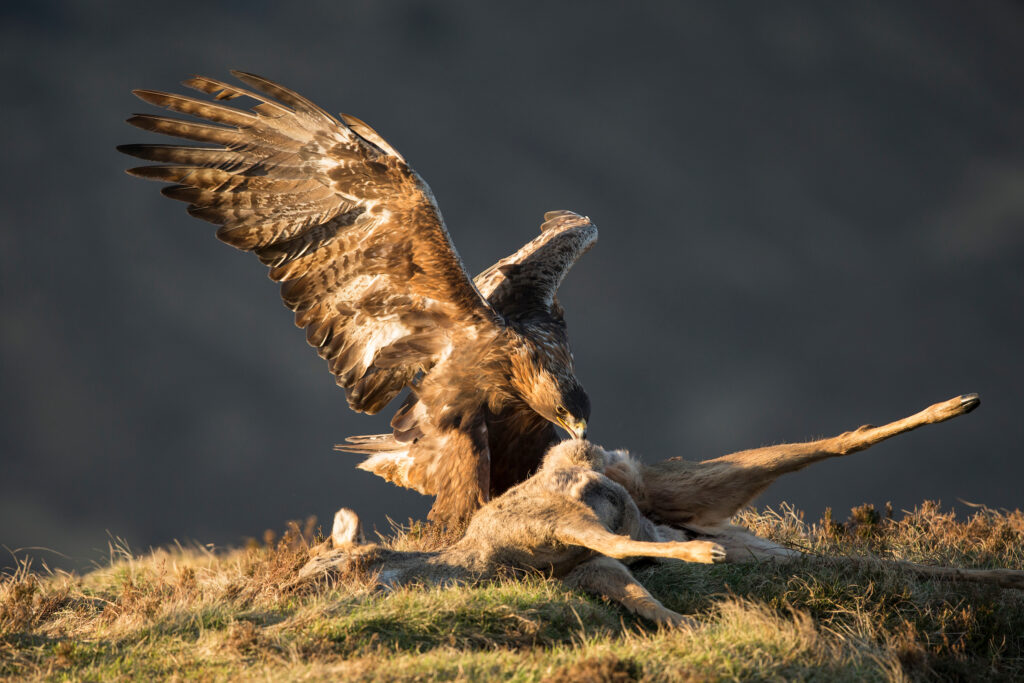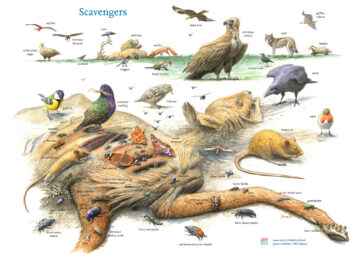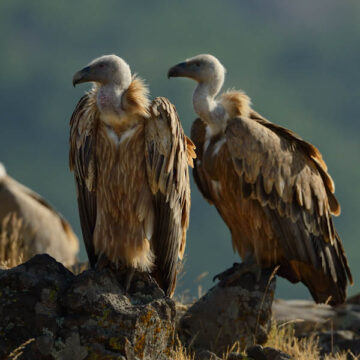The European rewilding movement has come a long way since Rewilding Europe was founded in 2011. The second in our series of impact stories takes a look at how rewilding has strengthened the Circle of Life in Europe over the last decade.


Closing the circle
The so-called “Circle of Life” – involving myriad animals, plants, fungi and microorganisms – plays out every day across Europe in infinite complexity. This endless loop, which keeps all living things sustained, is perhaps most obvious when a large animal dies or is killed in nature, and the resultant carcass is rapidly consumed, broken down and recycled.
A fundamental part of wild nature, the Circle of Life is nevertheless often overlooked. The second in Rewilding Europe’s series of impact stories – which are designed to celebrate the initiative’s ten-year anniversary – looks at the impact rewilding has had on the Circle of Life in Europe over the last decade, including in our own operational areas.

Collaborative efforts
In many parts of Europe human influence on the landscape mean the Circle of Life is broken or weakened, negatively impacting wildlife populations and degrading nature’s ability to look after us. Over the last 10 years, Rewilding Europe and partners have worked hard to restore the circle, with a focus on important species such as vultures and herbivores, as well as through the creation of a more supportive policy environment. Going forwards these efforts will continue as rewilding is scaled up across the continent.
The latest impact story comprises a number of sections, each illustrated with maps, images and infographics. These chart the recovery of vultures in Europe (following a long decline), the reintroduction of herbivores such as European bison, deer and primitive horses in Rewilding Europe’s operational areas, efforts to change the way herbivore carcasses are managed across Europe, and measures to strengthen the economic and cultural connection between the Circle of Life and people.
There is also an in-depth look at the Rhodope Mountains – Rewilding Europe’s flagship area for vulture rewilding – where 450 fallow deer and 130 red deer are now roaming after multiple reintroductions and 308 griffon vultures have fledged over the last five years.
